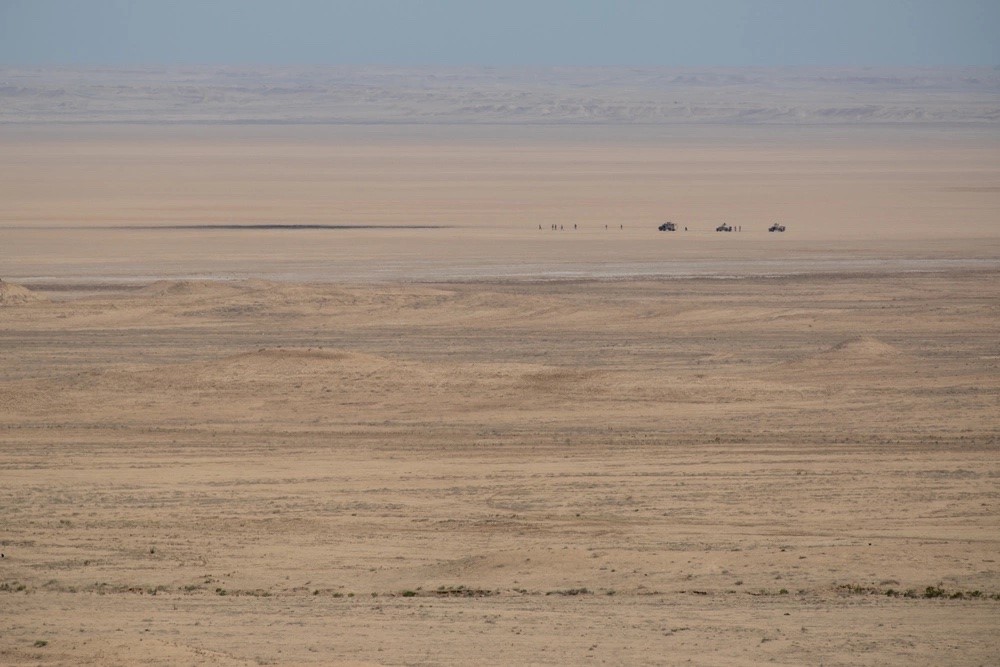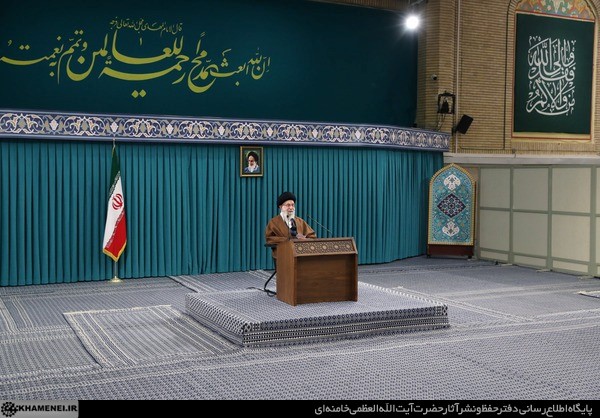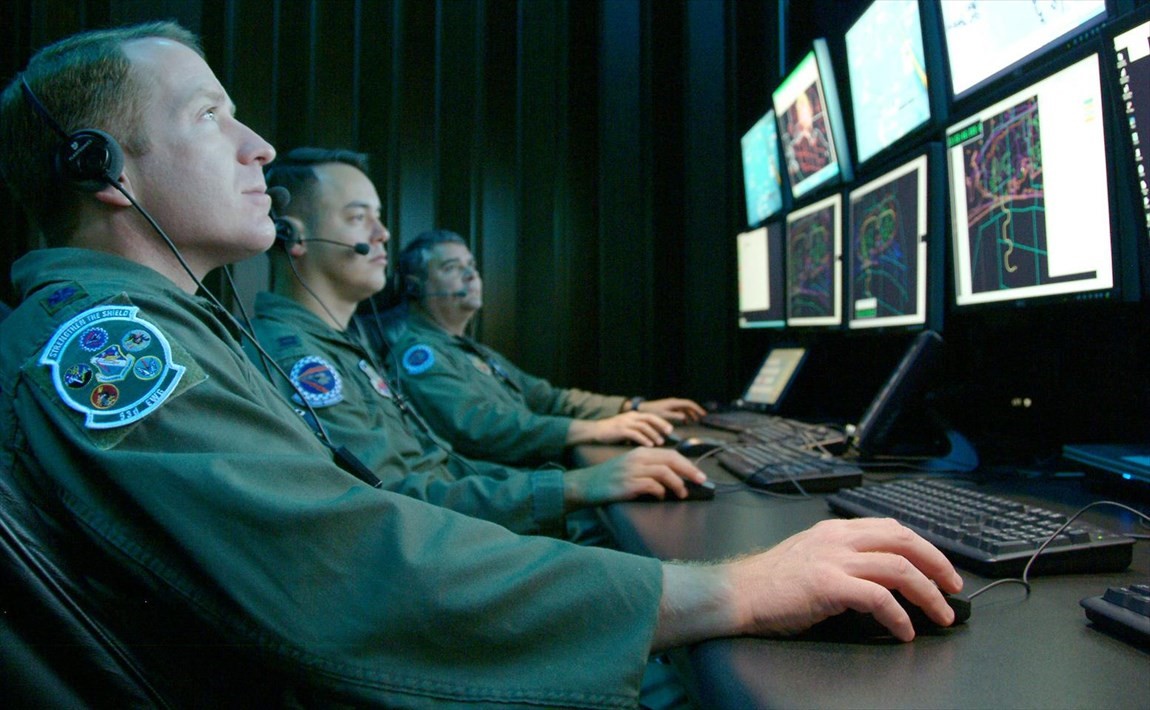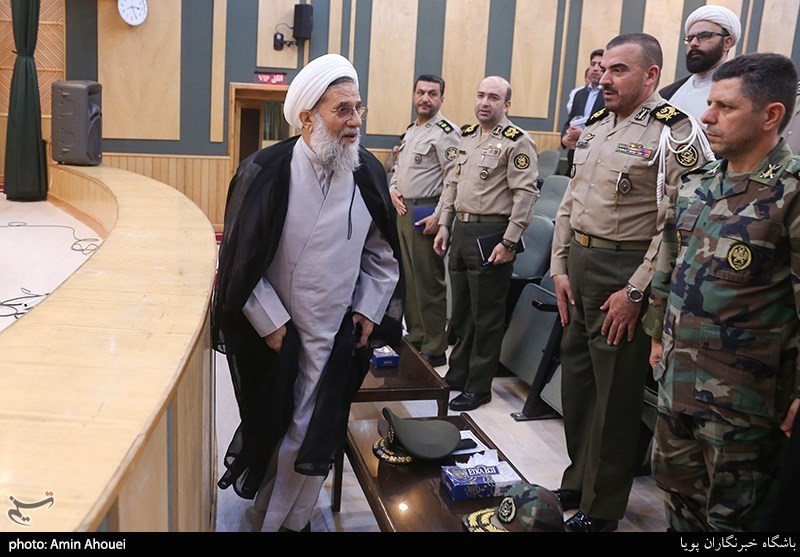“We have seen that some people emphasize the principle of sovereignty on the Ukraine issue, but continue to undermine China’s sovereignty and territorial integrity on the Taiwan question. This is a naked double standard.”
-Chinese Foreign Minister Wang Yi
Russia’s invasion of Ukraine sparked widespread concern that China could similarly invade Taiwan, although not everyone agrees with this analogy. The accompanying passages from Chinese and Taiwanese sources consider the key differences between Russia’s invasion of Ukraine and China-Taiwan relations.
Two days before Russian forces invaded Ukraine, China’s Central News Agency released an article in which a high-level Taiwan national security official describes Taiwan as strategically located within the first island chain in East Asia, providing an important line of defense to keep communist forces “from crossing the first island chain and threatening the U.S. mainland.” The article also argues that unlike Ukraine, which shares a common border with Russia, the Taiwan Strait offers a natural barrier between China and Taiwan, making it harder for communist forces to attack across the sea. Finally, the article argues that Taiwan is critical to the development of automobiles, smart phones, wind power, and military equipment, which makes it more important than Ukraine to the international supply chain. The article also states that China sought to join the Comprehensive and Progressive Agreement for Trans-Pacific Partnership (CPTPP), arguing that “triggering boycott or sanctions by the CPTPP member states, which are mostly in the Indo-Pacific region, will not be something that China wants to see.” The CPTPP is a free trade agreement between Australia, Brunei, Canada, Chile, Japan, Malaysia, Mexico, Peru, New Zealand, Singapore, and Vietnam.
Four days after the invasion began, Taiwan’s only English-language newspaper, Taipei Times, published an article describing further differences between the Ukraine and Taiwan issues. First, Taiwan “has the advantage of being a mountainous smattering of islands that have been building up defenses for decades.” Next, the article opines that sanctions against China would likely have “a far more acute sting” due to the country’s economy heavy integration with the rest of the world. Finally, like the first article, the author talks about the importance of Taiwan to the global supply chain. According to this article, “The world relies on Taiwan for semiconductors, meaning that a Chinese invasion would at best disrupt supply and at worst rewrite the technological and geopolitical world order.” In comparing the two leaders, the article describes Russian President Vladimir Putin as a tyrant in charge, who fears his time is running out, and Chinese President Xi Jinping as more calculating and prudent and who believes he only has to wait. Despite these arguments, the second article warns, “no one can predict the calculations happening in the halls of power, and as the Ukraine crisis has shown, anything is possible.” The article ends on a note for the people of Taiwan to be prepared.
Chinese sources, such as the third article, published by China’s official English-language news outlet, China Daily, explain that the situation in Ukraine involves a dispute between two sovereign countries, whereas the question of Taiwan is a domestic matter. However, the article also warns that while Beijing will try to unify Taiwan with the mainland peacefully, the central government will never exclude taking military action as an option.
Source:
Wen Kui-hsiang, “國安高層:台海與俄烏情勢三大不同 嚴防中國認知戰 (High-Level National Security Official: Three Major Differences Between Taiwan Strait Situation and the Russia-Ukraine Situation; Guarding Against China’s Cognitive Warfare),” Taipei Chung-yang T’ung-hsun-she (The Republic of China’s central news agency), 22 February 2022. https://www.cna.com.tw/news/aipl/202202220333.aspx
First, in terms of geostrategy, Taiwan is in the first island chain in East Asia, which is extremely important for the United States to containing the expansion of China’s communist forces and for maintaining the military, commercial and shipping security of the Indo-Pacific region. It is an important defense line to prevent the communist forces from crossing the first island chain and threatening the U.S. mainland.
Second, the geographical environment is very different, and the U.S. commitment to cross-Strait security is clear and firm. The senior national security officials said that unlike Ukraine, which is close to Russia, the natural barrier formed by the Taiwan Strait makes it far more difficult for the Communist forces to cross the sea and attack Taiwan than it is for Russia to invade Ukraine. Moreover, the United States is more interested in the Indo-Pacific region, having U.S. military deployed there, whereas the Russia-Ukraine conflict has a limited impact on U.S. military deployment.
Third, the importance to the international supply chain is very different. Taiwan holds a key position in the international supply chain for post-pandemic recovery. According to a senior national security official, Taiwan’s economic strength and high-tech industries…are crucial to the development of global industries, such as automobiles, smartphones, wind power generation, and armaments. Even China cannot escape Taiwan’s industrial impact.
…China is also seeking to join the CPTPP (Comprehensive and Progressive Trans-Pacific Partnership). At this time, unilaterally triggering disputes, boycotts, or sanctions by the CPTPP member states, which are mostly located in the Indo-Pacific region, is not be something that China wants to see.
Source: “Taiwan is Different from Ukraine,” Taipei Times (Taiwan’s only English-language newspaper and which aims to give Taiwan’s perspective to the international community), 28 February 2022. https://www.taipeitimes.com/News/editorials/archives/2022/03/01/2003773950
First and most evident, Ukraine shares a long land border with its bellicose neighbor, while Taiwan has the advantage of being a mountainous smattering of islands that have been building up defenses for decades. Ukraine was caught off-guard when Russia annexed the Crimean Peninsula in 2014 and has been playing catch-up ever since. Most experts are confident that invading Taiwan would be immensely lengthy and costly for China, with no guarantee of success — especially with US involvement.
Sanctions against China would also likely have a far more acute sting, given its massive economy’s integration with the rest of the world. Beijing will certainly be watching closely to see how far countries are willing to go in sanctioning Russia, and adjust its risk calculation accordingly.
Perhaps most importantly, Taiwan is of critical economic interest to the countries poised to take action in its defense. The world relies on Taiwan for semiconductors, meaning that a Chinese invasion would at best disrupt supply and at worst rewrite the technological and geopolitical world order.
As unfathomable as it might seem to ignore these immense risks, Russian President Vladimir Putin has shown the world that when a tyrant is in charge, the war room is always open. Yet Chinese President Xi Jinping (習近平) is not the same as Putin, and neither are their countries.
Source: “Tsai Ing-wen’s Empathy For Ukraine Ridiculous,” China Daily (China’s official English-language news), 24 February 2022. https://www.chinadaily.com.cn/a/202202/24/WS62177fafa310cdd39bc88c12.html
What is happening between Ukraine and Russia is a dispute between two sovereign countries. The question of Taiwan is an internal affair of China…
The mainland will try whatever it can to seek the peaceful reunification of the island, which it believes is in the interest of the Chinese people across the Strait. But military action is always an option the central government will never exclude.





